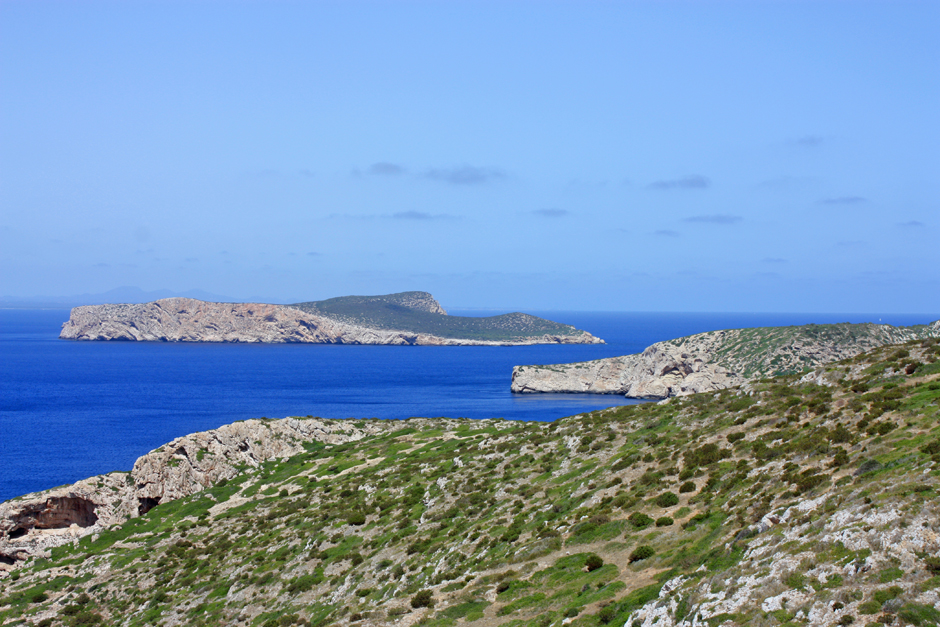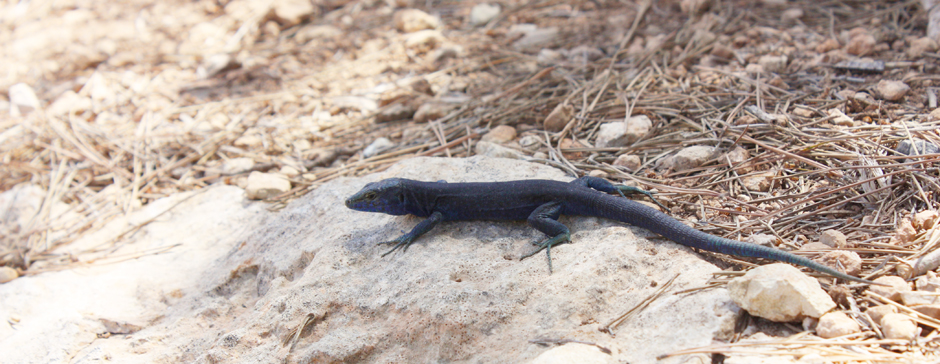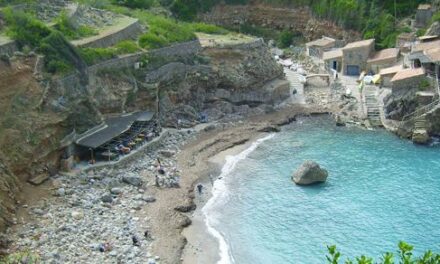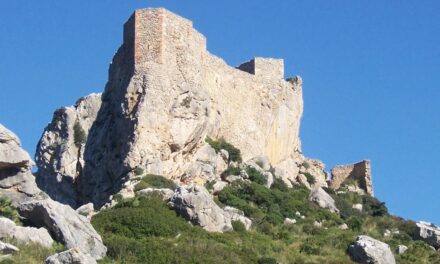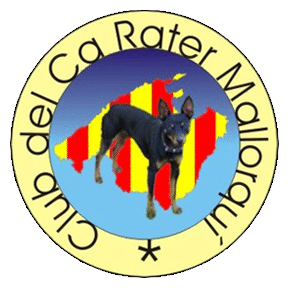The Cabrera National Park constitutes the best example of untouched island ecosystems in the Mediterranean.

Teresa Ribera, Secretary for Environmental Transition, announced in July 2018, while visiting the Terrestrial and Maritime National Park of The Cabrera Islands, that she considers the proposal made by the Government of the Illes Balears, to increase the National Park to some 90.000 hectares, to be a positive move.
“We accept the Govern de les Illes Balears’ ambitious proposal and will accelerate the expansion of the Cabrera National Park, which will go from having 10.000 hectares to 90.712 hectares.
This was one of our priorities and we are excited that we will be protecting the most important park in the Mediterranean.
Visit Cabrera by taking the boat from Colonia de Sant Jordi port. The Park organises group visits for a maximum of 80 people, offering a free environmental education and interpretation support service.
Itineraries:
· Sa Blava cove: A cave carved out by the sea. At mid-afternoon, the sun’s rays light it up, producing spectacular light and colour effects.
· Na Miranda viewpoint: A hill from where we will enjoy privileged views of Cabrera port, bay and north coast of Cabrera. Along this route, we will observe the old crop fields, set amid pine and palm trees and a very interesting flora.
· N’Ensiola lighthouse: An 11km route (there and back) during which we will visit the entire N’Ensiola peninsula, including the lighthouse located 100m above sea level.
· Es Celler town: The route starts on Pagès beach and heads inland, where the monolith erected in memory of the French prisoners that died in 19th century stands. Once in Celler, we can visit the museum, and get to know the history and mark left by man in Cabrera.
· S’Espalmador beach: The route that goes from the wharf to S’Espalmador beach runs around the bay. It runs through the most humanised region of Cabrera, between the sea and a maquis of Mastic, Olive and Savin.
· Castle: The oldest and most interesting building in Cabrera, this castle is a must-see.
· Ses Figueres sierra: During this trip we will enjoy marvellous views to the south and east of the archipelago. At the highest point, we will gaze upon spectacular views of the Estells, a group of five islands, and one of the Park’s most spectacular cliffs: Codolar de l’Imperial.
· Ses Sitges region: One of the least visited regions of Cabrera, where we will see the old lime and coal ovens, vestiges of Mallorca’s past.
· Picamosques: This involves climbing the highest peak of the Cabrera (172 m) which overlooks much of the island, especially to the west.
The Cabrera National Park Area: 10,021 ha. – Maximum altitude: 172 m.
Depth of seafloor: 118 m.
Cultural Value: 14th century castle, a declared historic-artistic monument. Series of land and sea archaeological sites.
Natural Value: Seabeds, rocky islets, Mediterranean maquis, endemisms, marine birds…


